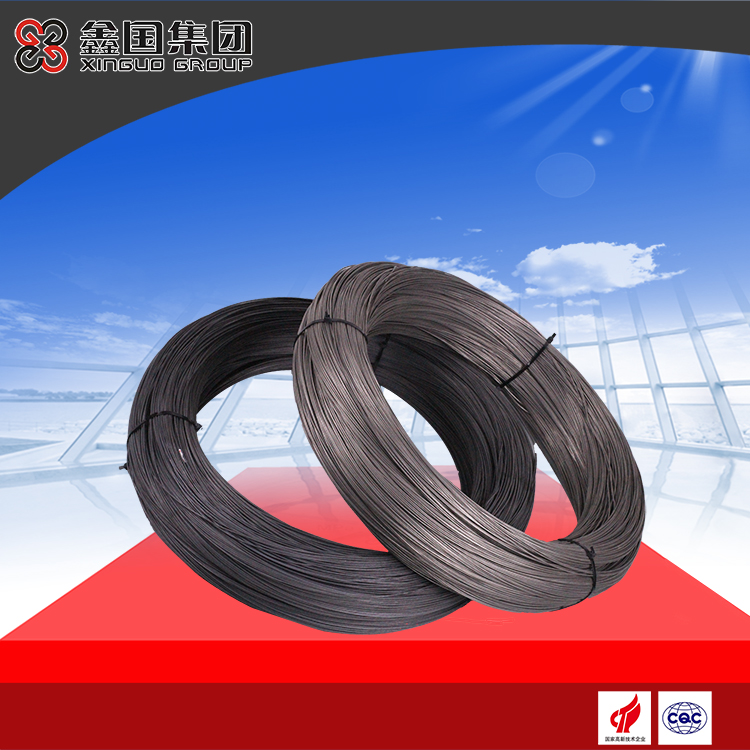Comparison of properties between pure nickel and copper-nickel alloys
Nickel alloy material is widely used in desulphurization industry, the main reason is that it has strong acid resistance, and also has a strong corrosion resistance to halogen ions. The corrosion resistance of various nickel alloys varies with the content of alloying elements.
Due to the addition of a small amount of copper element, the passivation protection of nickel is improved. The alloy has a high nickel content and its corrosion resistance is comparable to that of pure nickel.
These alloys are widely used in parts that flow at high speeds and are susceptible to erosion, such as spiral shafts, propellers, impeller pump blades, condensed gas contacts, and in sulfuric acid solutions.
The alloy is highly resistant to corrosion at all temperatures and concentrations, with corrosion rates of 0.05mm/a or lower under vacuum conditions. At 100 ℃, it shows strong corrosion resistance in 30% solution. Stress corrosion cracks can be observed in ventilated, high-temperature solutions, either by pumping out the medium gas or by stress-relieving annealing the equipment.
There is only slight corrosion in neutral and alkaline solutions (such as chlorates, carbonates, sulfates, salts and acetate) at high concentrations and boiling points, so the alloy can be used to make vessels for producing crystals from saturated brine. They are also widely used in steam equipment and crystallization vessels. But salts of oxidizing acids and some basic salts do
Highly corrosive, as hypochlorite.
For NaOH and KOH solutions, the alloy has similar strong corrosion resistance to pure nickel, with corrosion rates of 0. 05mm/a or lower in 75% alkali solutions at 130 ℃; In 75% NaOH or anhydrous NaOH, the corrosion rate is greater than that of pure nickel, and stress corrosion cracks can be seen in molten NaOH in parts subjected to severe mechanical extrusion. Therefore, for parts used in these conditions, the material can be stress-relieved annealed or pure nickel.





